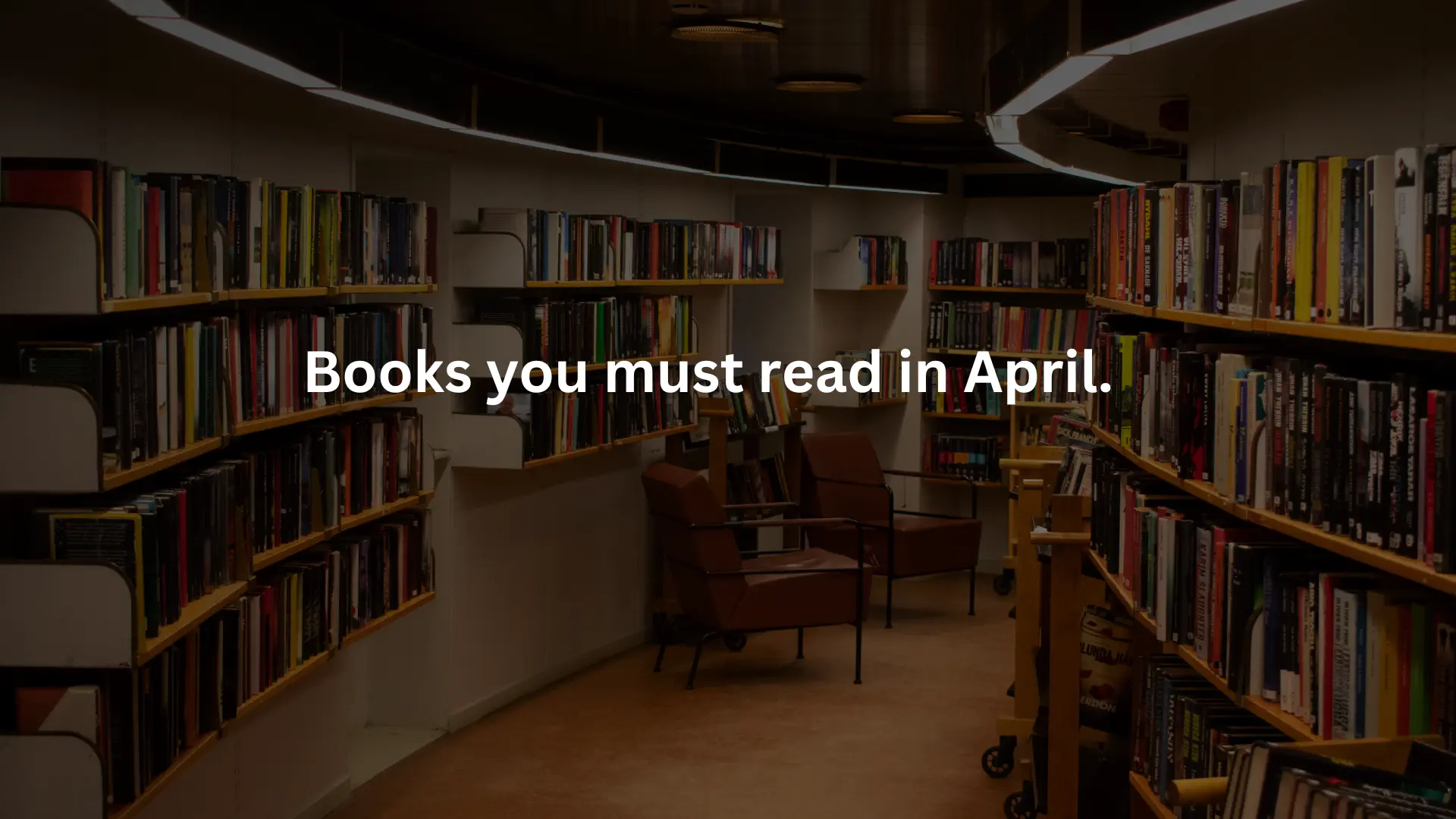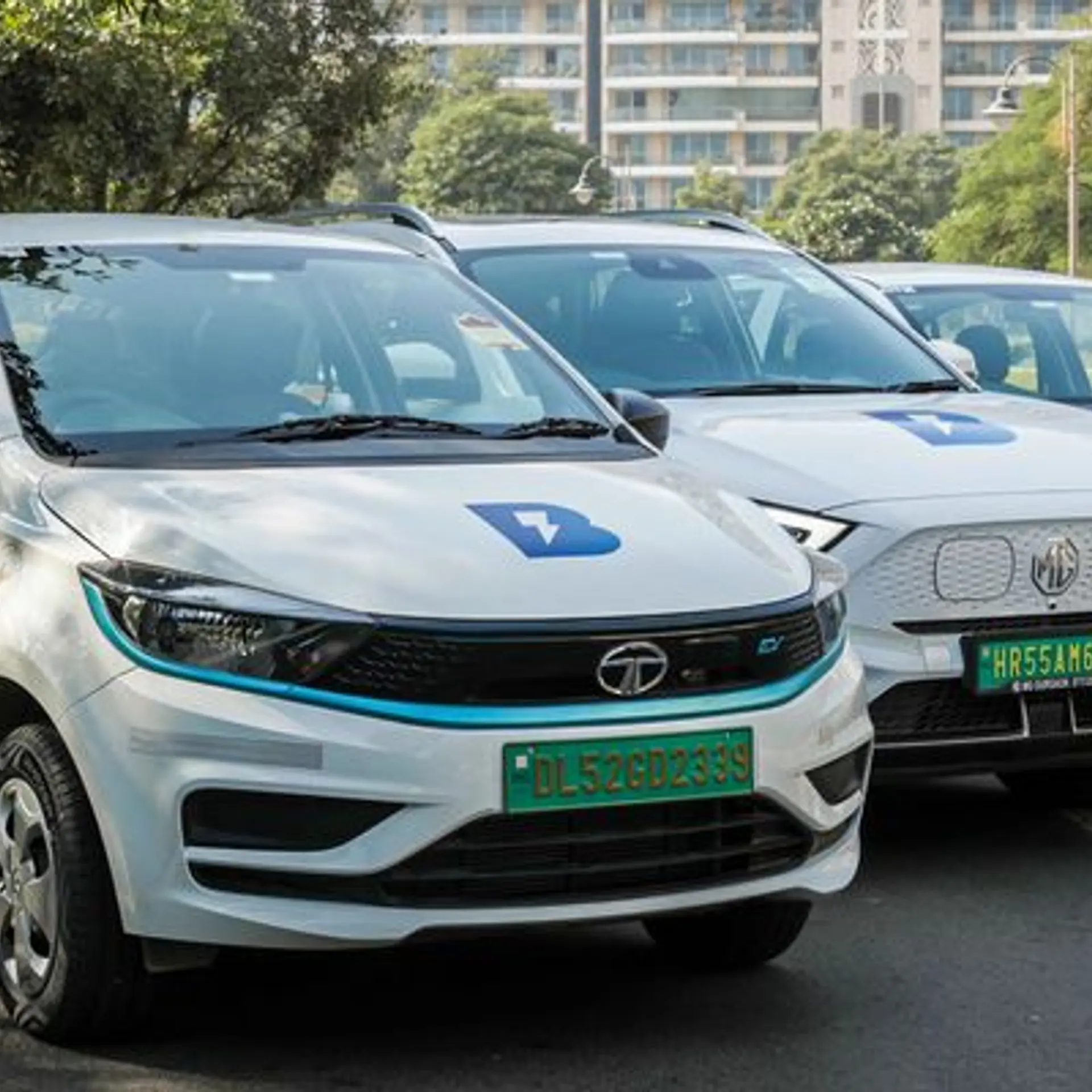[TC-I Changemaker]:GreenMango's Yasmina McCarty and Nandini Narula - Providing a platform for unorganized service providers
The ThinkChange India staff is committed to providing our readers with interviews with people we believe are at the brink of something special but have for the most part been overlooked by the mainstream media. Readers will be able to see other conversations under our TC-I Changemakers tab.

A few weeks back Aishwarya spoke with Yasmina McCarty of GreenMango at her Hyderabad office. As an idea, it has won many awards, including the 2007 Cartier Women’s Initiative Asian Laureate, the 2008 Echoing Green Fellowship and stood 3rd place in the 2008 Big Idea Competition. GreenMango recently started a pilot of their platform in Hyderabad. The discussion with Yasmina was truly an enriching one and we are sure you too will feel the same after reading this post. Yasmina started by introducing GreenMango and its founders, herself and Nandini Narula.
Yasmina: GreenMango is co-founded by two individuals, myself and my business partner Nandini Narula. Both of us worked together in Women’s World Banking (WWB), which works in the field of microfinance. WWB is based in New York and works in about 30 countries out of which we have worked in about 12. We worked with Micro Finance Institutions (MFIs) all over the world. These MFIs face various region-specific issues.
My part was customer research. To go out with focus groups and clients and ask questions like “Why isn’t your business growing?,” “What types of financial products do you need?,” “What kind of services could the microfinance institutions provide like life/health insurance?” I spent a lot of time with these customer groups.
Nandini was doing technology projects. Nandini was researching on what kind of technologies could these small businesses use and why don’t they have it now. She was applying her tech skills and I was applying my marketing skills. Before we came together in WWB I used to work in the advertising industry and she used to work in the Silicon Valley. We were friends and shared a common interest. So we started talking about small businesses. They take loans from MFIs, may be their business goes up, but more often than not it comes down or stays flat. You don’t get the kind of growth you want to achieve.
Aishwarya: Slightly off the track – MFIs, are they targeted towards individuals or groups?
Yasmina: In South Asia you see much more of group lending and at the poor level. In South America it tends to be much more individual based like small shops and is a little bit more urban in nature. Here in India, you will see most of the activities in semi-urban areas. For most of these MFIs, the concentration of their clients is not in Hyderabad or Mumbai but in the surrounding areas.
Also, in whatever way you categorize these businesses, there was not as much growth as there should have been e.g. mechanics and lady tailors – their business was not growing and our thinking was that the reason was they did not have access to the market. So, a plumber can just sit and wait for customers referred to him or who notice him while they pass by, which is non-existent or ineffective marketing. There is no one to vouch for him and no way of verifying his credentials as a good service provider.
Aishwarya: How is the scenario for such small scale (individual leve) service providers in India different from the scenario for similarly placed people in US?
Yasmina: One big difference is formal economy versus informal economy. In a country like India 30 percent and more of the GDP is made up by the informal economy – for South Asia it is around 35 percent and the same figure is around 70 percent for Kenya and Nigeria. Therefore, we basically are talking about a massive informal sector which is essentially invisible. The plumber here is invisible whereas the one in US is more likely to be registered and listed in the Yellow Pages. The need of a platform like GreenMango is much more in developing countries right now because of the dominance of informal economy.
Aishwarya: Coming back to GreenMango, how old or how young is it?
Yasmina: Last year in 2007, Nandini and I kept talking about this idea and said that this is the hypothesis – The small scale service providers lack market access. So we said “Let’s go and do a feasibility study.” We spent a couple of weeks in Hyderabad last year and researched.
Basically we conducted focus groups. We already had experience doing such an exercise (from WWB days). We talked to the guy who collects bottles, talked to the plumber, electrician, engineer. We conducted focus groups of the IT workers and call center workers – basically more middle class people. How are these two – the service consumers and the providers – finding each other? And it was clear that there was a big gap – people are unhappy with their current service providers. At the same time, service providers who are actually good did not have enough clients. Our hypothesis was quite right and we evolved it and made changes to our concept once we did our research.
Aishwarya: How do you track/measure the benefits that a consumer or a provider gets from GreenMango?
Yasmina: As of now, we are focused on the social impact and not tracking the statistics. Our expectation is any vendor who uses GreenMango will benefit by way of increased income, more new customers and even premium charges depending on the type of customer and service. e.g. if you live in Masab Tank and go to provide a service at a house in Banjara Hills, you will be able to charge a premium – you get customers you never got before and your customer base is increasing. And over time, we will be creating employment opportunities.
There is anecdotal evidence. But at the same time we are looking at gathering metrics towards both social as well as financial returns. Basically the two aspects of “a girl child being able to go to school are because of an increased income” (a measure of social impact that we make) and the revenue metrics (a measure of financial health).
The important thing about GreenMango is that we are talking about bridging a gap that exists between the rich and poor, the online and the offline, Old India and the New India. Every day, the field staff go out and connect with these service providers (who are our customers) and build a relationship. They talk to them about GreenMango and bring them into our system without them touching a computer. Then there are various components of the system that we are developing – like a cell phone application; a voice based application and of course, there is the internet portal. So it really bridges the spectrum of how people are able to access this service – call, internet, messaging. The model is multi-access.
Aishwarya: How does the field staff work?
Yasmina: Our field staff is assigned zones in the city and they focus on covering those areas. We have a GreenMango van that goes around the neighborhood with the GreenMango field staff. You gather a crowd and then try to talk to them as a group or as an individual. We answer their queries telling them why we are here and what we do. We give them our brochures. As of now they do not have to pay anything but they will start paying a fee because that is part of the revenue model. There will be premium services with more options. We are also trying to forge partnerships with MFIs to help these people with their financial needs.
Aishwarya: Any particular reason for choosing India as a starting point for GreenMango. And in India, Hyderabad?
Yasmina: We wanted to take this business global. And we felt that if we can prove something in India we can take it somewhere else. But the reverse is not true. The bar is so high and the challenge is so great in India that if we can do it here, people will believe in the strength of the idea and in our abilities; which in turn will help us replicate these platforms globally. Hyderabad in particular, because it had all the right components. You have the young IT professionals, there is a lot of poor urban migration – lot of people coming from interiors of the state to Hyderabad. They are looking for work and they are exactly the customers that we want. Talent is easy to get here. A lot of MFIs are here. So we have good strategic partnership opportunities.
Aishwarya: Thank you, Yasmina, for taking time out to speak with us. We wish GreenMango all the success.
During the course of our conversation, Yasmina stressed the fact how the urban poor is underserved.
They work hard. They want to grow their business and they have no service provider catering to them. Loans are not really there. Business Development. Training. Marketing. All are potential hurdles. Corporations do not view them as an opportunity. They do not design things especially for them. At the same time, things are evolving. A very good example being the 10 rupee recharge coupon available for your mobile phone. GreenMango’s vision is to create a platform for such people and help them spread their business, improve their lives, and further their income.
We hope you enjoyed reading the interview and did find a few takeaways from the conversation.






